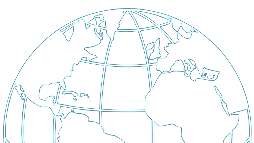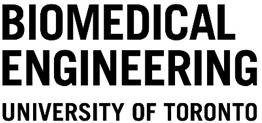An ECI Conference Series
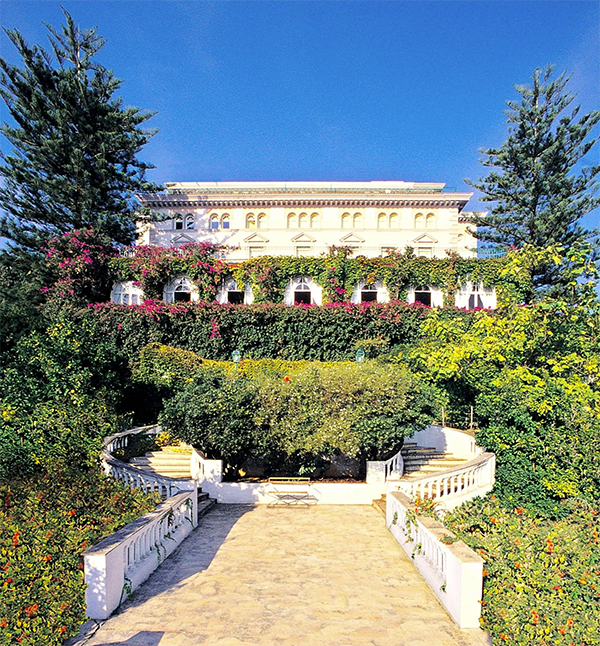
May 15-20, 2022
Grand Hotel San Michele
Calabria, Italy
Attendance at this conference is restricted to those fully* vaccinated against Covid-19.
Your registration will not be considered complete until your proof of vaccination is uploaded via the registration portal and verified by ECI staff. Acceptable proof includes copies of a U.S. CDC vaccination card or a certificate/document issued by the relevant health agency in your country of residence along with a government issued photo ID, such as a driver’s license or passport. If you have questions about these requirements, please email Kathy@engconfintl.org
* Two doses of an FDA or WHO authorized two dose Covid-19 vaccine, received at least 14 days prior to the conference OR one dose of an FDA or WHO authorized single dose Covid-19 vaccine, received at least 14 days prior to the conference. We strongly suggest the recommended booster as well.
Approved vaccines: Pfizer/BioNTech (2 dose); Moderna (2 dose); Janssen/Johnson & Johnson; Oxford/AstraZeneca; Serum Institute of India-Covishield; Sinopharm (Beijing); Sinovac.
We are all in this together. Thank you for being part of our community and following these policies. We look forward to see you in person very soon.
About This Conference
Following the success of the first three ECI conferences on nanotechnology in biology and medicine (Nanotechnology for the Study of Cellular and Molecular Interactions in 2009; Nanotechnology in Medicine: From Molecules to Humans in 2016) and Nanotechnology in Medicine II: Bridging Translational in vitro and in vivo Interfaces in (2018), we set out to continue the series in Nanotechnology in Medicine with this fourth edition.
Nanotechnology promises to transform the way we treat and detect diseases. A few examples include systemically injectable nanoparticles for the targeted delivery of multiple therapeutic and contrast agents, advanced platforms and nanotechnologies that enable us to detect disease rapidly and understand molecular interactions needed to develop new therapeutics.
Despite the enormous promise, only a few therapies have reached the clinic. Less than 10% of systemically injected nanoparticles reach the intended target despite very robust targeting efforts. The fundamental understanding of the factors that lead to decreased bioavailability, such as serum protein adhesion, nanoparticle aggregation, permeability across tissue barriers and transfer through the intracellular and extracellular routes are limited. They depend on many factors including chemistry of the nanoparticles, aggregation and mechanical properties of the environment they are applied to.
Recent advances in stem cell biology and microfabrication, enable us to develop on-chip models of human tissues. With the emergence of induced pluripotent stem cells it is now possible to obtain millions of human cells in an ethical manner from adults. It is possible for us to create microfabricated 3D models and on-chip systems that recapitulate key physiological functions of target organs. These organ-on-a-chip models are turning into indispensable tools to study nanoparticle toxicity, distribution in body-on-a-chip models and translocation across tissue barriers. They provide an opportunity to uncouple and systematically study various factors leading to low bioavailability of nanoparticles in vivo.
This conference will expand upon the mission of its predecessor by providing a diverse and broadened platform to:
- deepen mechanistic understanding of biodistribution of systematically applied nanoparticles;
- explore the effects of mechanical environment;
- illustrate the use of tissue and organ-on-a-chip models in the studies of nanoparticle distribution and toxicity;
- generate improved mechanistic understanding of the factors necessary to control in vivo nanoparticle targeting;
- exploit this understanding to generate highly effective nanotechnologies for the early detection, imaging, and treatment of human diseases.
The conference aims to bring together a broad range of scientists covering the interdisciplinary fields of biology, chemical and bioengineering, material science, physics, and others. Moreover, the conference will devote a dedicated ‘industry session’ where selected companies will have an opportunity to give oral presentations in an effort to bridge academic research and industrial R&D.
Overall, the fourth chapter of this conference series will help to further discussions among the interdisciplinary nanotechnology in medicine community, while also fostering the development of new, synergistic collaborations between academic and industrial scientists.
Conference Program
Conference Organization
Chairs

Prof. Milica Radisic
University of Toronto, Canada
Web page m.radisic@utoronto.ca
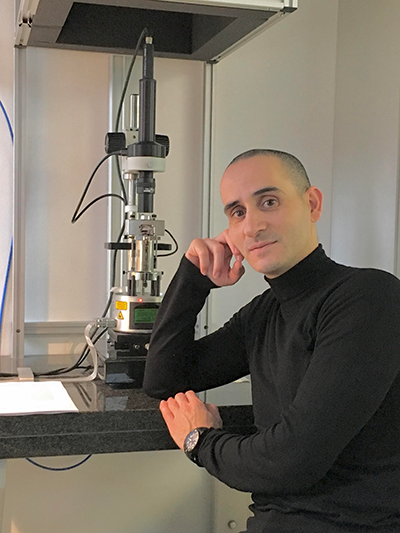
Prof. Victor Shahin
Institute of Physiology II, Medical Faculty
University of Münster, Germany
Web page shahin@uni-muenster.de
Organizing Committee

Millicent Sullivan, PhD
University of Delaware, USA
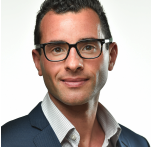
Josué Sznitman, Dr. Sc.
Technion-Israel Institute of Technology, Israel
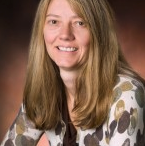
Joye Bramble, PhD
Eisai Pharmaceuticals, USA
Call for Abstracts
The abstracts should be submitted as soon as possible and no later than the deadline noted below. The abstract should consist of 5 parts: purpose, method, results, conclusion, and reference. The abstract should introduce the proposed subject, summarize its contents, explain any unique aspects, and clearly indicate the specific relevance to the themes of the Conference.
The abstract must be at least half a page in length with a one page maximum.
Choose one or two of the following topical areas where you feel your work best fits:
- Nanotechnology for next generation therapies
- Mechanical environment in health and disease
- Organ-on-a-chip models to enable nanotherapy
- Nanotechnology in regenerative medicine
Oral Abstract Deadline: April 27, 2022
Poster Abstract Deadline: April 27, 2022
Please prepare your abstract according to this template: doc
Abstract link – https://ssl.linklings.net/conferences/NanoMed/
Only a limited number of oral presentation slots are available and thus all submissions for oral sessions will be considered for both oral and poster presentation.
The Royal Society of Chemistry through two journals, Nanoscale Advances, and the recently-launched Open Access journal, Sensors and Diagnostics, will sponsor two $500 poster awards, one from each journal.
Conference Fees
All conference fees are inclusive. They include registration, accommodations (Sunday, Monday, Tuesday, Wednesday and Thursday nights), all meals, excursion, taxes, and gratuities from the reception and dinner on Sunday through breakfast on Friday in a standard room. Incidental fees (telephone calls, faxes, spa, laundry, etc.) are billed to your personal account by the hotel.
ALL PARTICIPANTS (INCLUDING MEMBERS OF THE ORGANIZING COMMITTEE AND INVITED SPEAKERS) ARE REQUIRED TO REGISTER.
The conference fees are:
| Register on or before April 29, 2022 | Register after April 29, 2022 | |
| Participant (single occupancy or sharing room with a guest; guest fee additional) | US $1,865.00 | US $2,065.00 |
| Participant (sharing a room with another participant) | US $1,735.00 | US 1,935.00 |
| Bona fide Graduate Student (sharing a room with another student) (Those in this category must send proof of current status – copy of current Student ID can be faxed to 1-212-514-6030 or emailed to Kathy@engconfintl.org) | US $1,325.00 | US $1,525.00 |
| **Fees for Guest/accompanying person sharing bedroom with single occupancy participant. (Includes all conference included meals as well as the conference excursion) | US $705.00 | US $705.00 |
If you plan to bring children to the conference, please contact ECI (info@engconfintl.org) for pricing.
Conference Registration
You will need a login name and password to register for ECI conferences through our online system. If you have been a recent participant at an ECI conference or have submitted an online application or request for information about an ECI Conference, you may already have an account with us. If you know your login information, please use it.
If you are not sure whether you already have a login and password, please click on automated password retrieval and enter your e-mail address before creating a new account. If we don’t have a valid email address on file for you, a pop up window will appear stating that no records were found. Click “OK” and then follow the instructions to create a new account.
If you have any questions or experience any difficulties, please email tressa@engconfintl.org.
Special Notes and Payment Instructions
We suggest that you register as soon as possible to be certain that you will have a hotel room at the conference rate. Late registrations will be accepted on a space available basis and late registrants may be housed in a nearby hotel.
All participants are encouraged to register before April 15, 2022. There is a discounted price for registering before this date. Hotel space cannot be guaranteed for registrations received after this date. Your registration is not officially confirmed until we receive payment of the amount due. ECI reserves the right to cancel your room registration if payment is not received. Your invoice/receipt will automatically be e-mailed upon of receipt of your registration. Should you need a signed receipt, please contact Kathy Chan (kathy@engconfintl.org).
Because of contractual guarantees made with the hotel for room and meal functions, no shows, late arrivals, missed meals and early departures cannot receive fee adjustments. If you have a disability and may require accommodation in order to participate fully in this conference, please indicate this when you register. An ECI representative will contact you to discuss your specific needs. If you have special dietary requirements (e.g., vegetarian or a food allergy), please make a note on your registration. The chef needs to know this information in advance if we are to accommodate you. ECI will attempt to accommodate special requests such as Kosher or Halal meals, but such meals may not be available at all conference sites. The participant must pay any additional costs for special meal requests to ECI.
Payment must be made by credit card (Visa, MasterCard, and Amex), check or money order drawn on a U.S. bank in U.S. dollars, payable to ENGINEERING CONFERENCES INTERNATIONAL. Checks or money orders in any other currencies are NOT ACCEPTABLE. Payment must be made on the web site except for those who are sending payment by wire transfer or have a purchase order from their company/institution.
WIRE TRANSFER PAYMENT: If you are planning to make payment by wire transfer, please contact ECI for the bank information. You must add $30 to cover ECI bank charges. Please reference your full name and the conference title. Either fax a copy of your bank transfer papers to ECI (Fax: +1-212-514-6030) or email a scanned copy to kathy@engconfintl.org. This is very important – otherwise it is extremely difficult to trace your payment and you may not receive a receipt prior to the conference.
Cancellation Policy: Cancellation must be received by ECI in writing at least 28 days prior to the start of the conference in order for a full refund (less a processing fee) to be considered. The ECI auditors require that refunds for all conference cancellations be processed after the conference so that the necessary back-up information (e.g., hotel list of those in-house) can be attached to the refund request and ECI can verify that the hotel has not charged a cancellation fee.
Cancellation fees:
- Cancellations received more than 28 days prior to the conference start date are subject to a processing fee of 4% of the total fee, plus any direct expenses incurred by ECI.
- Cancellations received 15 – 28 days prior to the conference start date are subject to a $250 cancellation fee plus any direct expenses incurred by ECI.
- Cancellations received 8 – 14 days prior to the conference start date are subject to a $500 cancellation fee plus any direct expenses incurred by ECI.
- No refunds will be issued for cancellations received less than 7 days prior to the conference start date.
- No refunds will be issued due to inclement weather or travel disruptions/cancellations.
Registrations may be transferred without incurring any penalty or cancellation fee.
Denied or delayed visa
If you will need a visa, please apply for it as soon as possible. If a participant is forced to cancel due to a denied or delayed entry visa, ECI will issue a full refund if ECI has been notified of a potential visa issue at least four weeks prior to the conference start date.
Change of payment method
If an attendee who has already paid the conference fee with a credit card requests that the fee be refunded to that card so that it can be paid in a different manner (e.g., charged to an alternate credit card, or paid via check or bank transfer), a processing fee of 4% of the total fee amount will apply.
Disclaimer
It may be necessary for reasons beyond the control of ECI to alter the content and timing of the program or the identity of the speakers. In the unfortunate circumstance that an event is cancelled, ECI is not liable for any costs incurred by participants in connection with their attendance.
Smoking is prohibited at ECI conferences and conference functions.
Should you have specific questions regarding your registration, please contact Kathy Chan (Kathy@engconfintl.org).
Plenary and Keynote Speakers
Plenary Speakers
Professor Hossam Haick
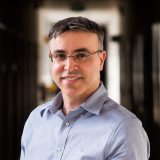
Hossam Haick is a Full Professor in the Technion – Israel Institute of Technology and an expert in the field of nanotechnology and non-invasive disease diagnosis. He earned his doctorate from the Technion in 2002. Prof. Haick has published more than 220 publications in top-level journals in the field of nanotechnology, advanced/applied materials/chemistry, and medicine; more than ten five book chapters. Additionally, the technologies developed by Prof. Haick and his team have led to the production of more than 42 patents and patent applications – many of which have been licensed to six international companies. Prof. Haick is the cofounder of FeelIT Ltd. and NanoVation-S.G. Ltd. – startup companies aiming to commercialize innovative non-invasive technology for monitoring vital signs in health.
Prof. Haick is the recipient of dozens of prestigious awards and a coordinator of several international consortia, including the FP-7’s LCAOS, EuroNanoMed’s VOLGACORE and Horizon-2020’s SNIFFPHONE, Horizon-2020’s A-Patch, and Horozon-2020’s VOGAS projects. He is also the recipient of more than 80 international honors and prizes for his achievements, including a Knight of the Order of Academic Palms (conferred by the French Government), the Advanced Alexander von Humboldt Research Award, the Changjiang Distinguished Professorship, the IChemE Global Award, the Sanford Kaplan Prize, the Honorary Doctorate (Doctor of Philosophy Honoris Causa) from the University of Haifa, etc. Prof. Haick was included in more than 80 top-rank listings worldwide, including the “MIT Technology Review” list of 35 leading young scientists in the world, the “50 Sharpest Israeli Minds”, the world’s top-100 influential innovators in the Digital Technology by Nominet Trust (London, UK) and the top-100 influential people in the world by the GOOD Magazine (Los Angeles, USA). Prof. Haick also received the highest teaching awards granted by the Technion, including the “Yanai Prize for Academic Excellence”.
Besides Prof. Haick’s achievements in research, he has had considerable success as a lecturer, as expressed by the many prizes he has received for excellence in teaching. Prof. Haick is the recipient of the “Yanai Prize for Academic Excellence”, which is given for exceptional contribution in teaching and academic education. In 2014, Prof. Haick designed and developed the first massive open online course (MOOC) in the Technion and is the first person worldwide to do this in two languages: English and Arabic. This MOOC focuses on the fields of nanotechnology, and nanosensors stressing their implications for use in diagnosis and treatment of disease, as well as in personalized medicine. So far, the course has drawn more than 116,000 participants, thus disseminating knowledge about biomedical science and nanotechnology to people in both developed and developing countries, without admissions bureaucracy.
The research interests of Prof. Haick include nano-array devices for screening, diagnosis and monitoring of disease, nanomaterial-based chemical (flexible) sensors, electronic skin, breath analysis, volatile biomarkers, and cell-to-cell communication.
Dr. Roger Kamm
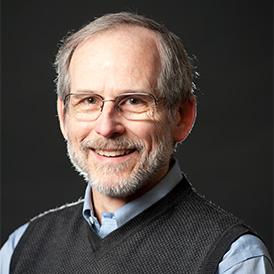
Professor Kamm began his career at Northwestern University earning a degree in Mechanical Engineering. He subsequently earned both a Master’s and a PhD in Mechanical Engineering at MIT. Since 1978, he has been a professor of Mechanical Engineering at MIT. Professor Kamm was one of the founding members of the Biological Engineering department when it was created in 1998.
An overriding objective of the Mechanobiology Lab is to elucidate the fundamental nature of how cells sense and respond to mechanical stimuli, and to employ the principles revealed by these studies to seek new treatments for neurological disease and cancer, and to develop tissue constructs for drug and toxicity screening.
Both experimental and computational approaches are employed in a manner that encourages the constant interplay between the two for purposes of model validation, direct measurement of critical parameters, and identifying new hypotheses to be tested through experiment.
The Kamm research group works on five broad areas: Biological Machines/Microfluidics, Angiogenesis/Vasculogenesis, Neurological Diseases, Cancer, and Simulation and modeling.
Over the past 10 years, the Mechanobiology group has developed various microfluidic platforms for mimicking the three dimensional microenvironment and investigating the role of mechanical stimuli, such as interstitial flow, cyclic strain, and ECM stiffness gradients, on cellular processes including cell migration, angiogenesis, and differentiation. Recently, they have drawn upon their understanding of mechanobiology to direct the function of multicellular systems. For example, the angiogenesis model was extended to build functional vascular networks in vitro, and stem cells were differentiated into cardiomyocytes through application of strain. As the complexity of synthetic modules is increased towards building biological machines, mechanics will play a more significant role, particularly in the engineering of neurons and myocytes for sensing and actuation. The Mechanobiology group will employ mechanical engineering as a tool to address this complexity while simultaneously extending our understanding of mechanotransduction.
Formation of new blood vessel from an existing branch, by a regulated process known as angiogenesis, governs vascular patterning in the body and determines the distribution of nutrients and oxygen supply. Angiogenesis has essential roles in development, reproduction and repair but also occurs in tumor formation and in a variety of diseases. The Kamm lab studies the angiogenic process by computational modeling across multiple scale and by in vitro microfluidic experiments that mimics in vivo biophysical and biochemical microenvironment. They have shown that angiogenic endothelial cells seeded in contact with collagen gel can be induced to form nascent angiogenic sprouts in microfluidic that later develop into a vascular network.
Tumor invasion has received considerable attention as a critical step in metastatic disease for developing new cancer drugs. Current understanding of the role of biophysical and cellular microenvironment in tumor invasion is limited, because of the lack of appropriate in vitro and in vivo models. The Mechanobiology Lab has adapted their previous microfluidic platforms for studying the role of the endothelium on tumor intravasation and the effects of interstitial flow on tumor cell migration, along with the development of new hard plastic devices for commercial transition.
Most recently, the Lab has embarked on modeling various types of neurological disease including ALS and Alzheimer’s disease. Both models are used to study the fundamental disease processes, with a longer-term aim of providing platforms for drug screening. These microphysiological systems are of increasing interest to the biotech and pharmaceutical industries and have led to new research projects funded by industry.
Confirmed Keynote Speakers
Shyni Varghese, Duke University, USA
Naomi Matsuura, University of Toronto, Canada
Fabio Cicoira, Polytechnique Montréal, Canada
Francesca Baldelli Bombelli, Politecnico Milano,
Adrian Roth, Roche Basel, Switzerland
Peter Loskill, Frauenhofer IGB, Stuttgart, Germany
Elisa Cimetta, University of Padova, Italy
Josue Sznitman, Technion, Israel
Timo Betz, University of Göttingen, Germany
Roderick Lim, Biozentrum, University of Basel, Switzerland
Lola Eniola-Adefeso, University of Michigan, USA
Stefaan De Smedt, Ghent University, Belgium
Thomas Neuman, Nortis, USA
Peter Ert, Vienna University of Technology (Technische Universität Wien), Austria
Confirmed Invited Speakers
Kacey Ronaldson-Bouchard, Columbia University, USA
Yimu Zhao, University of Toronto, Canada
Jona Kayser, Max-Planck-Institute for the Science of Light, Erlangen, Germany
Catherine Fromen, University of Delaware, USA
Kaushal Rege, Arizona State University, USA
Gregory Underhill, University of Illinois at Urbana-Champaign, USA
Photos from the Conference
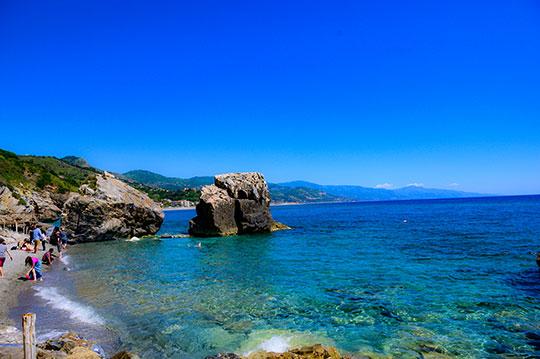
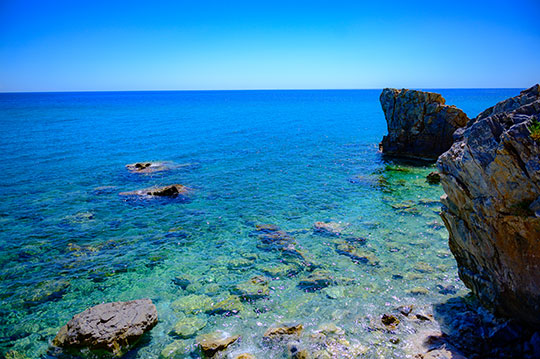

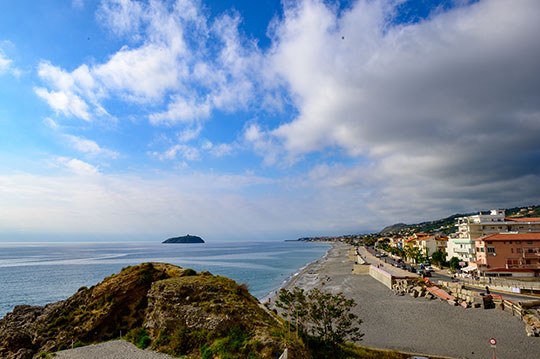
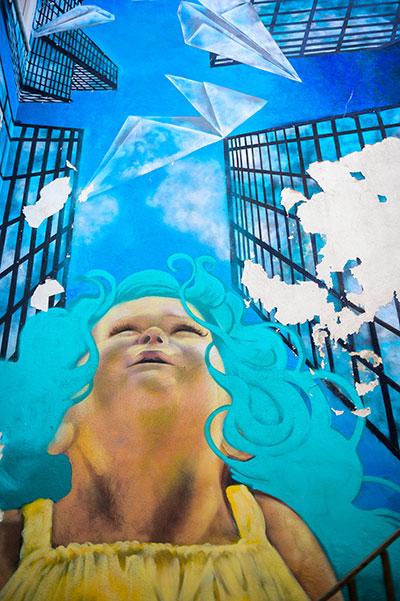
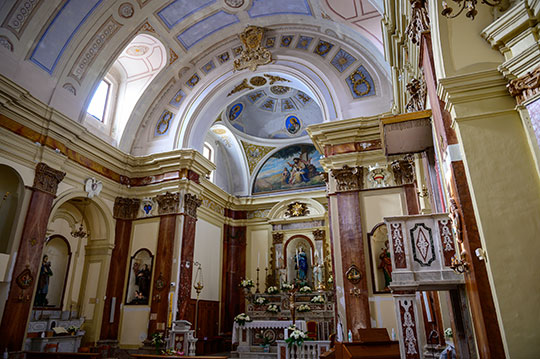
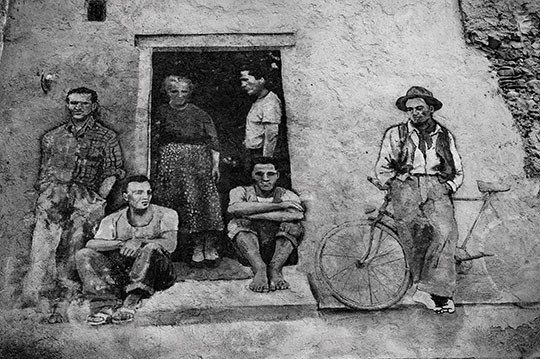
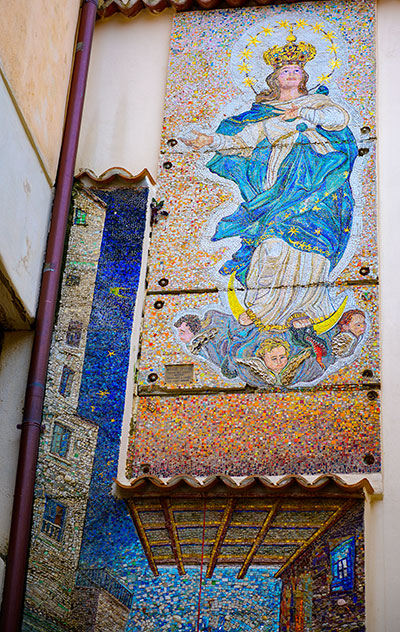
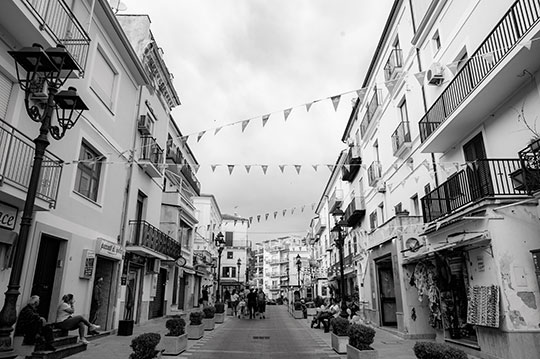

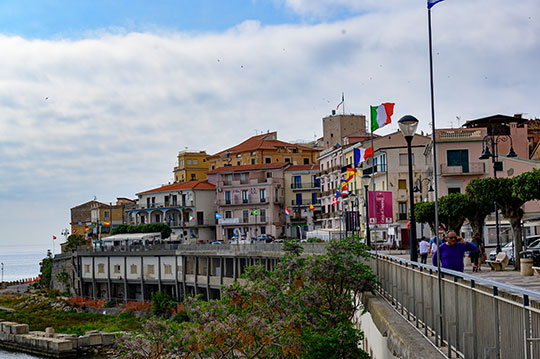
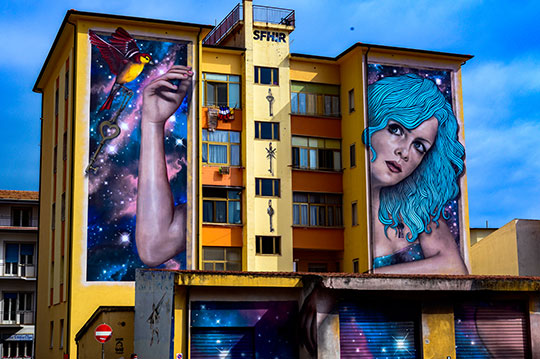


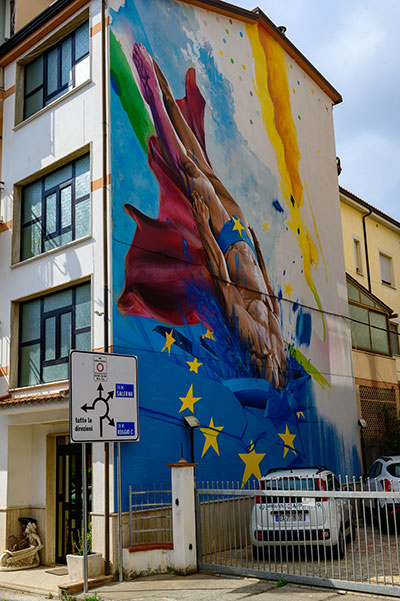
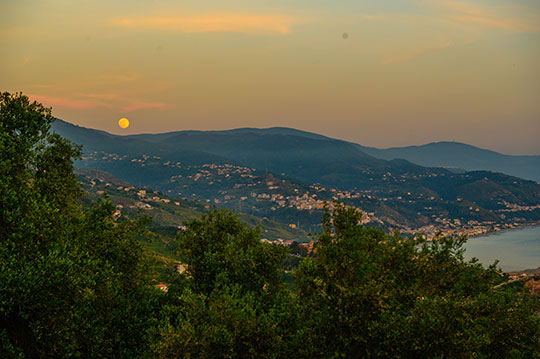
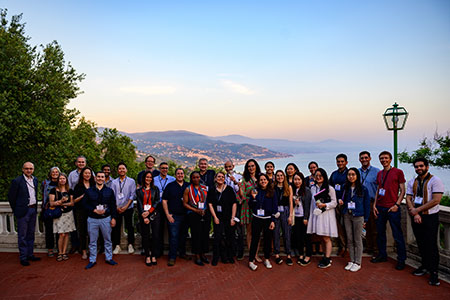
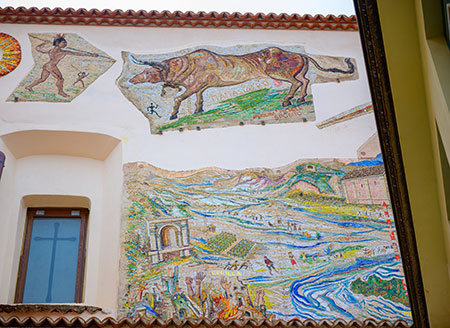
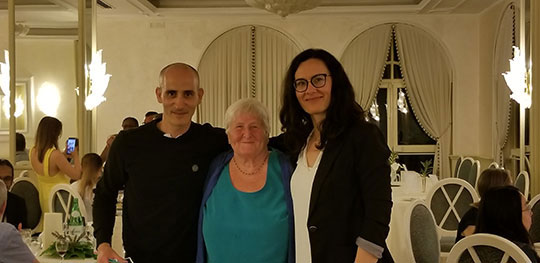
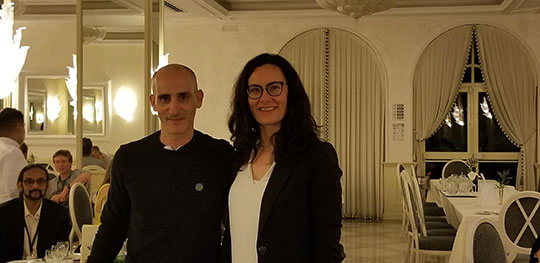
Venue Information
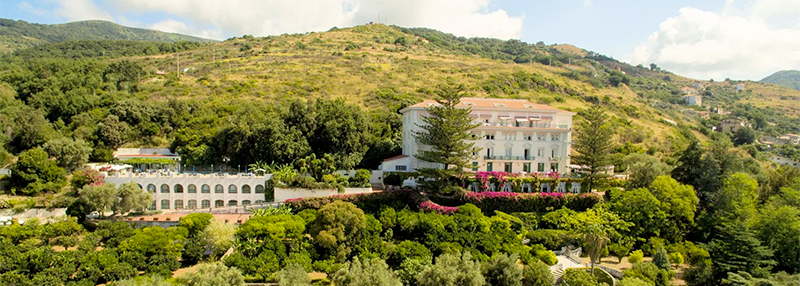
Cetraro and Grand Hotel San Michele
Cetraro Marina, a pleasant seaside resort is about two km from the Cetraro Commune of which it is a part. The ancient Citrarium (name derived from the abundant citrus cultivation in the area) was a center of the Bruzi rising between Paola and Capo Bonifati. Its coast location offers many interesting boat excursions.
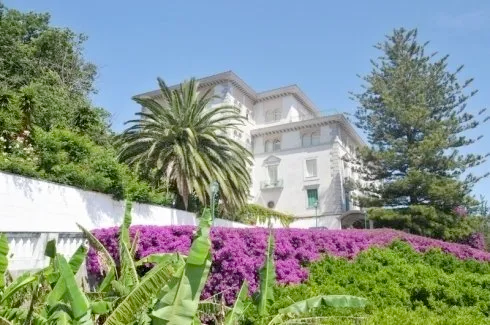
The picturesque Grand Hotel San Michele is situated on the Tyrrhenian Coast, 120 meters above the Mediterranean Sea, with a fantastic view of Calabria’s southern coast. It offers visitors one of the prettiest locations Southern Italy has to offer and is considered by many to be one of Calabria’s finest hotels. Its beach (120 meters below the cliffs) is accessible only by a private special elevator. The hotel has a swimming pool, driving range, tennis court, minigolf, piano bar and billiard room.
The hotel is surrounded by an organic farm that provides the hotel with fresh organic food. Vegetables, fruits, olive oil, wine, milk, cheese, daily laid eggs, lamb, veal and pork meat, homemade jams and preserves are all produced on San Michele Hotel’s premises.
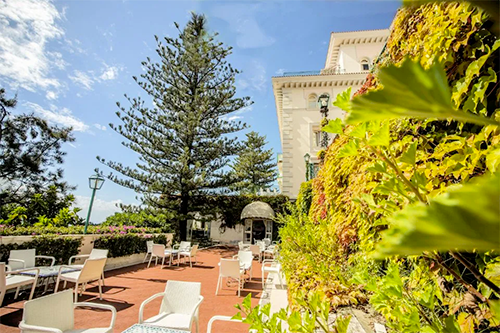
The acreage upon which the hotel is situated is also a bird sanctuary, where bird lovers from around Italy come to observe migratory patterns.
The maximum number of people that can be hosted in the hotel is about 80; however, there are other hotels in the area and the hotel can arrange pickups.
Pre/Post Conference Registration Form
If you are arriving early or staying after the conference and wish to extend your stay in the conference hotel, please download and complete the Pre/Post Conference Reservation form posted below and send it directly to the conference hotel. ECI does not guarantee or pay for rooms reserved before or after the conference – you must reserve extra nights directly with the hotel and you are responsible for paying the hotel directly for any extra nights.
Transportation to Cetraro
By air
The most convenient airports are Lamezia Terme (87km), Naples (268km) and Rome Fiumicino or Ciampino (~470km). Note that the hotel can arrange for pick-ups from the Lamezia Terme airport. See below.
From Lamezia Terme airport to Paola
The airport is served by Air Baltic, Air France, Delta, KLM, Lufthansa, TAP and others.
- Take the bus to Lamezia Terme Centrale train station (travel time 5min, every 30min).
- Take the train to Paola (travel time ~30min, every couple of hours).
From Naples International airport to Paola
- Take the Alibus to Napoli Centrale train station (travel time 15/20min, every 15/20min).
- Take the train to Paola. Travel time: ~2h30 (intercity trains) to ~3h45 (local trains). Frequency: roughly every hour.
From Rome Fiumicino airport to Paola
- Take the Leonardo Express train to Rome Termini train station (travel time 32min, every 30min)
- Take the train to Paola (either direct or with a change in Naples). Travel time: ~3h to 4h (high-speed trains), ~5h to 5h30 (intercity trains). Frequency: roughly every hour
By train
The nearest major train station is Paola (25km) where all the fast trains make a stop
Italian train tickets can be booked with Trenitalia ( https://www.trenitalia.com/en.html)
If you are arriving by a local train from Naples, you can simply get off directly at Cetraro.
By auto
Use the Motorway Roma – Caserta Sud – Salarno – Lagonegro Nord – Fondo Valle Noce. (293 km)
Shuttle services
Lamezia Airport:
- Car (3 pax): euro 100 each way (Single passengers pay full euro 100 rate; two pay 50 euro each)
- Minibus (8 pax): euro 134 each way
Paola train station:
- Car (3 pax): euro 50 each way
- Minibus (8 pax): euro 80 each way
Cetraro Train Station:
- Car (3 pax): euro 10 each way
- Minibus (8 pax): euro 20 each way
Please note that for night shuttle services (between 1.00 am and 6.00 am) there is a 30€ supplement
Note: To facilitate shared trips to the hotel from the Lamezia Airport and both trains stations, prior to the conference ECI will provide a form for flight/train arrival information.
Ground Transportation Reservation Information
Airline: The conference hotel can arrange transfers from Lamezia Terme Airport (SUF) to the hotel on Sunday, May 15, and transfers from the hotel to the airport on Friday, May 20The cost will vary depending upon the number of attendees traveling together at the same time. The costs of transfers will be shared among those in the same vehicles. The costs (each way) are:
– Car: 100 € (Up to 3 passengers) (1 passenger is 100 €; 2 passengers are 50 €/ passenger; 3 passengers are 34 €/passenger)
– Minibus: 134 €: (up to 8 passengers – cost shared by number of passengers)
The cost will be billed to your incidental room charges.
Please note that for night shuttle services (between 1.00 am and 5.00 am) there is a 35 € supplement.
Note that if you arriving earlier than May 15 or plan to stay after the conference, the hotel can arrange transportation but most likely it will be on an individual basis.
If you would like to arrange a transfer, please email the following information:
– your name
– your email
– flight arrival and departure dates
– name of Airline, flight numbers, scheduled arrival/departure times
– number of people you are booking
to:
sanmichele@sanmichele.it no later than May 10.
Please note that you are attending the ECI conference from May 15-20.
The airport is 75 km from the hotel.
Train: The Paola Railway station is about 21 km from the hotel by ItaliaRail. Please email sanmichele@sanmichele.it by May 1 to arrange for a transfer to the hotel.
Auto: Use the Motorway Roma – Caserta Sud – Salarno – Lagonegro Nord – Fondo Valle Noce. (293 km)
Conference Excursion
Diamante

On the Mediterranean coast of Calabria, Diamante sparkles like the gem it’s named for. It’s not certain why it’s called Diamante, but the town’s history does go back several millennia, first to the Focesi people and then the Romans. It was an important trade point between the Tyrrhenian Sea and the Ionian Sea. Diamante gained status in the Middle Ages when it was under the feudal authority of the Sanseverino family and the prince ordered defenses to be built against possible Saracen invasions. When the threats abated and the powerful Neapolitan Carafa family took the domain, the population started moving to the sea and increased the town’s commerce with Naples, Salerno, Amalfi and Sicily.
Fishing and agriculture were the primary occupations, and continue to be the area’s important industries, though the beautiful seafront started attracting tourists in search of clean and uncrowded places to enjoy the summer season.
Diamante, the town and the coast, are so attractive that they have been used as the set for several films and TV shows. You’ll find a pretty point where the town overlooks the sea on a sort of triangular promontory, with beaches stretching off to the north, and a long seafront promenade to the south.
There are a variety of beaches to enjoy, some with sand some with pebbles, interrupted by rocky pieces to form little coves. All told, there are eight kilometers of beach to enjoy here on the coast that is called “The Cedar Riviera”.
The town itself has some charming atmosphere and, along with its stone buildings and cobbled lanes, you’ll find the many murals that have given Diamante the nickname of “city of murals” – more than 70 in all, painted by prominent artists on the walls of the town’s buildings.
A lovely spot right off the coast is the little island called Isola di Cirella. The pretty isle is just 600 meters from the beach, so it can be reached by kayak, pedal boat or swimming, if you’re a strong swimmer.
Diamante loves a good party – they several annual events that include the Peperoncino Festa (hot peppers), a Jazz Festival, a Wine Festival and a Film Festival.
Belvedere Marittimo
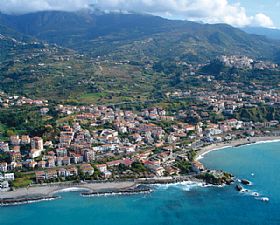
Located along Calabria’s coast, Belvedere Marittimo does have a beautiful view, as its name implies. The historic center sits above the sea in a breezy and panoramic spot overlooking the coastline below. The medieval character of the town, which was established in the 9th and 10th centuries, is maintained and seen in the old gateways and meandering lanes. The city of 9000 enjoys one of the favored swimming spots on the Calabrian coast, where clear water and uncrowded beaches are the area’s best kept secret, while tourists tend to flock to Diamante and Scalea to the north.
The old town of Belvedere Marittimo holds several monuments and churches, including the Cappuchin Convent which is dedicated to home-town saint San Daniele, who was born here and martyred in Morocco in 1227. The convent contains the mortal remains of St. Valentine inside the
altar. Belvedere Marittimo celebrates the saint with a big festa, earning the town the name of “Citta dell’amore”, bringing couples here to declare their love or celebrate their anniversaries every Valentine’s Day. The convent’s cloister is a lovely space of arcades enclosed within the building, with
a water well in the middle.
The Castle with its heavy cyclindrical towers was originally built by the Normans in the 11th century but was redone by the Aragons in their preferred style in the 1490s, giving it the distinctive look their
Spanish-influenced fortresses are known for. The Torre del Tirone is a 16th century Spanish water tower on the coast, in the modern town of Marina di Belvedere, which was originally a coastal defense structure, then used as a customs house to assess taxes and control the movement of goods in these waters. The “frazione” of Marina di Belvedere is part of Belvedere Marittimo’s administration and was developed when the railroad was built in the late 1800s, giving birth to a seaside town. Here you’ll find a modern town centered on the waterfront, with beaches backed by the bluff, the old town of Belvedere visible behind it on the hill.
The hills offer natural sculpture formations created by wind and erosion, with hiking trails and beautiful views.
Sponsors
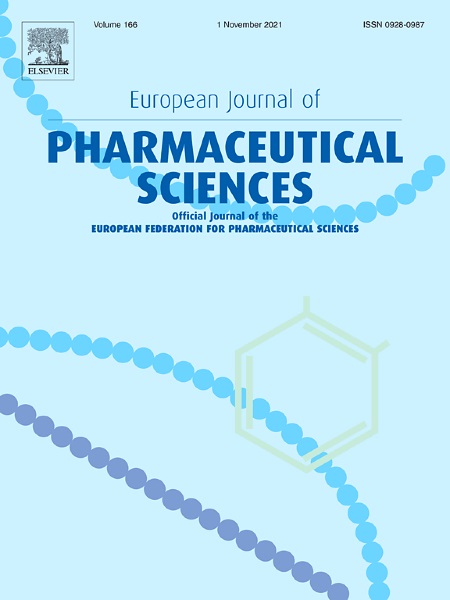
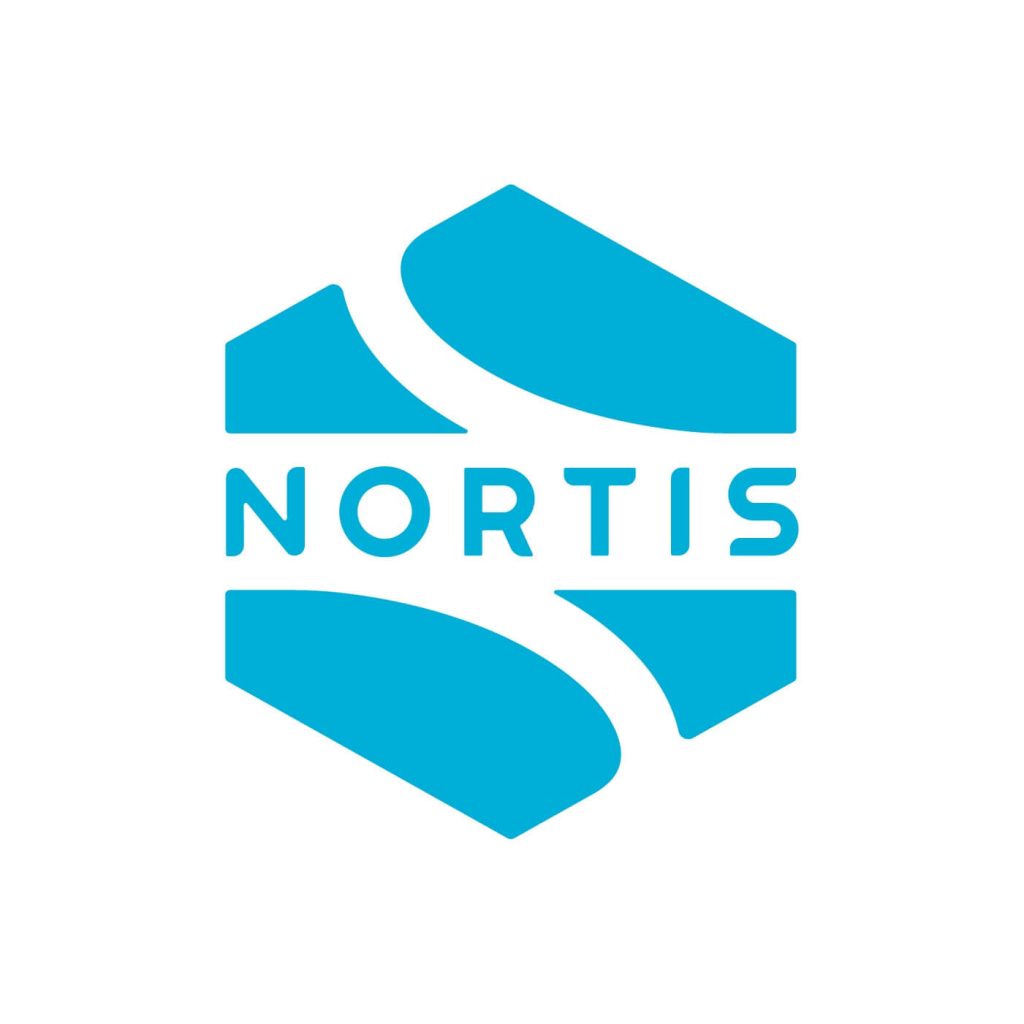
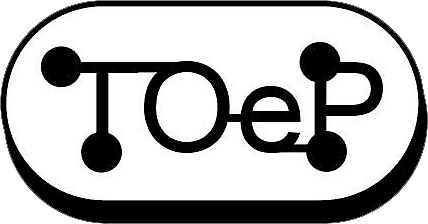
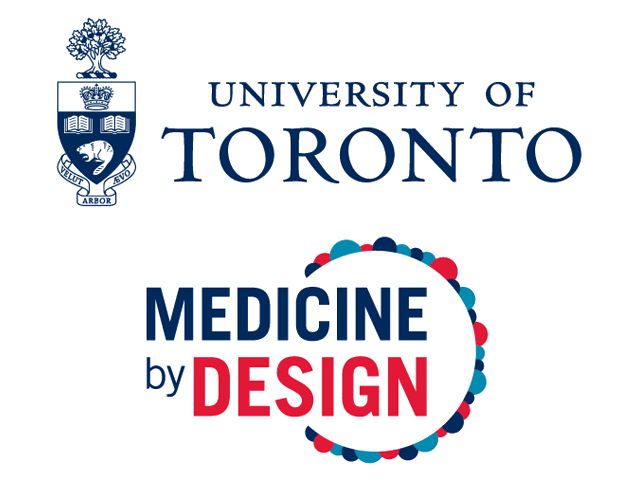
Sponsor Packages
Sponsor Packages
Package A: $1,000
• Name of Company on Sponsor List in Program
• Company Logo displayed on screen between sessions
Package B: $2,500
• Half page ad in program
• Name of Company on Sponsor List in Program
• Company Logo displayed on screen between sessions
Package C: $5,000
• Full page ad in program
• Sponsor a Coffee Break
• Name of Company on Sponsor List in Program
• Company logo and link on conference website
• Company Logo displayed on screen between sessions
Package D: $7,500
• Sponsor a Scientific Session or Workshop including oral introduction
• Full page ad in program
• Name of Company on Sponsor List in Program
• Company logo and link on conference website
• Company Logo displayed on screen between sessions
Package E: $10,000
• Table of company information (*space limited)
• Full page ad in program
• Name of Company on Sponsor List in Program
• Company logo and link on conference website
• Company Logo displayed on screen between sessions
Package F: $20,000
• Table of company information (*space limited)
• Company information packet available in attendees’ registration materials
• Company logo and link on conference website
• Full page ad in program
• Company logo displayed on screen between sessions
• Name of company on sponsor list in program
Kevin Korpics (kevin@engconfintl.org) (+1-212-514-6760) may be contacted for invoicing and other questions. Please make checks payable to:
Engineering Conferences International
Attn: Nanotechnology in Medicine Conference
32 Broadway, Suite 314
New York, NY 10004
Payment can also be made via wire transfer or credit card.
You must reference your company name and the conference title “Nanotechnology in Medicine” or code (20-AH) so the contribution can be identified. Thank you in advance.
Please note that none of the sponsor packages include any free or discounted registrations for attendees from sponsor companies.
General Information about ECI
Engineering Conferences International (ECI) is a not-for-profit, global engineering conferences program, originally established in 1962 that provides opportunities for the exploration of problems and issues of concern to engineers and scientists from many disciplines.
The format of the conference provides morning and late afternoon or evening sessions in which major presentations are made. Poster sessions will be scheduled for evening discussion as well. Available time is included during the afternoons for ad hoc meetings, informal discussions, and/or recreation. This format is designed to enhance rapport among participants and promote dialogue on the development of the meeting. We believe the conferences have been instrumental in generating ideas and disseminating information to a greater extent than is possible through more conventional forums.
All participants are expected both to attend the entire conference and to contribute actively to the discussions. The recording/photographing of lectures and presentations is forbidden. As ECI conferences take place in an informal atmosphere, casual clothing is the usual attire.
Smoking is prohibited at ECI conferences and conference functions.
